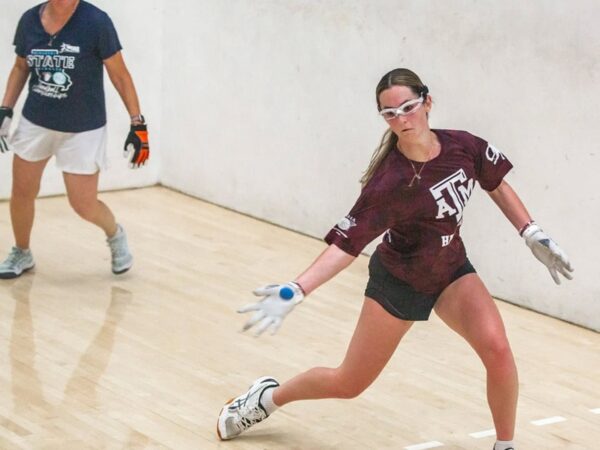
Reversing The Bilingual Educator Shortage
Close to one in five students in Texas struggles with English – a nearly 50 percent increase over the last decade. Because of a teacher shortage, there is only one bilingual or ESL teacher for every 46 students struggling with English.
With a changing demographic in Texas, and the minority population predicted to become the majority by 2050, bilingual and ESL education will play a vital role to ensure that the next generation is amply prepared through education to impact economic, political and social trends.
“We need to prepare bilingual teachers who are fully capable of helping students develop and maintain their first language, Spanish, and culture so that the students become bicultural and bi-literate. We’re moving more and more to a global economy, so the importance of being able to speak multiple languages is critical,” explained Dr. Miranda Walichowski, professor of bilingual education.
She points to three factors influencing the bilingual educator shortage:
1. Academic Spanish proficiency
2. Dropout rate.
3. Lack of positive education branding
Dr. Edie Cassell, professor of ESL, agrees, but also points to another factor she has heard from her students. The bilingual and ESL education field is perceived as being more work than teaching in a regular education setting.
“There’s an unrealistic burden placed on them by schools, by parents and the kids. The kids need help, but there are just not enough bilingual teachers. There are many times that the better your skill set is with ESL, the more likely it is that you are going from classroom to classroom and working overtime,” she added.
How can we reverse the shortage? For Drs. Cassell and Walichowski, the answer is not complex but it does require support for policy change and funding.
“There have to be incentives and there has to be funding. We can do things on the academic side, but as far as really making a difference, I think there have to be changes in attitude, legislation and funding for programs,” said Dr. Cassell.
Not all districts have a bilingual education or ESL program or those programs end early in the sixth grade. For both professors, it is important that those programs be offered through high school so students become more proficient in the Spanish academic language and can succeed in bilingual education programs in college.
For Dr. Walichowski, providing scholarships for students is critical. Many students considering bilingual education are first-generation college students and their parents are working several jobs just to get by. For many families, paying for a high-quality college education is not possible.
Once they get involved in the programs at Texas A&M, the key is preparing students for the reality of what is going to happen in the classroom.
Dr. Walichowski’s goal is to have her students understand what it means to be a bilingual teacher beyond learning pedagogy, theories and praxis of bilingual education. She wants her students better prepared for the reality of the field of teaching. In her courses, she addresses things like preventing burnout, effective communication and the teacher as a holistic and integrated person.
“By preparing the teacher holistically, hopefully they’ll be better equipped to deal with the challenges that teachers face that go beyond instruction. The more successful that teachers are able to navigate other professional and personal matters, the more apt they are to stay in the field of teaching for years to come and make significant contributions to education,” added Dr. Walichowski.
To support bilingual students who are pursuing a degree that leads to a career in teaching, donors may wish to consider the creation of a Foundation Excellence Award (“FEA”) Scholarship. These scholarships can be endowed at a minimum level of $50,000. This endowment will provide a student $2,000 per year for four years while they pursue their dream of becoming a teacher. Additionally, a one-time gift of $10,000 can fund a non-endowed FEA with a similar four-year scholarship, but for $2,500 per year.
About the Writer
Ashley is the Media Relations Coordinator and responsible for news coverage in the Department of Teaching, Learning and Culture as well as the Department of Educational Psychology.
Articles by AshleyFor media inquiries, contact Ashley Green.
Fundraising
To learn more about how you can assist in fundraising, contact Amy Hurley, Director of Development ahurley@txamfoundation.com or 979-847-9455














